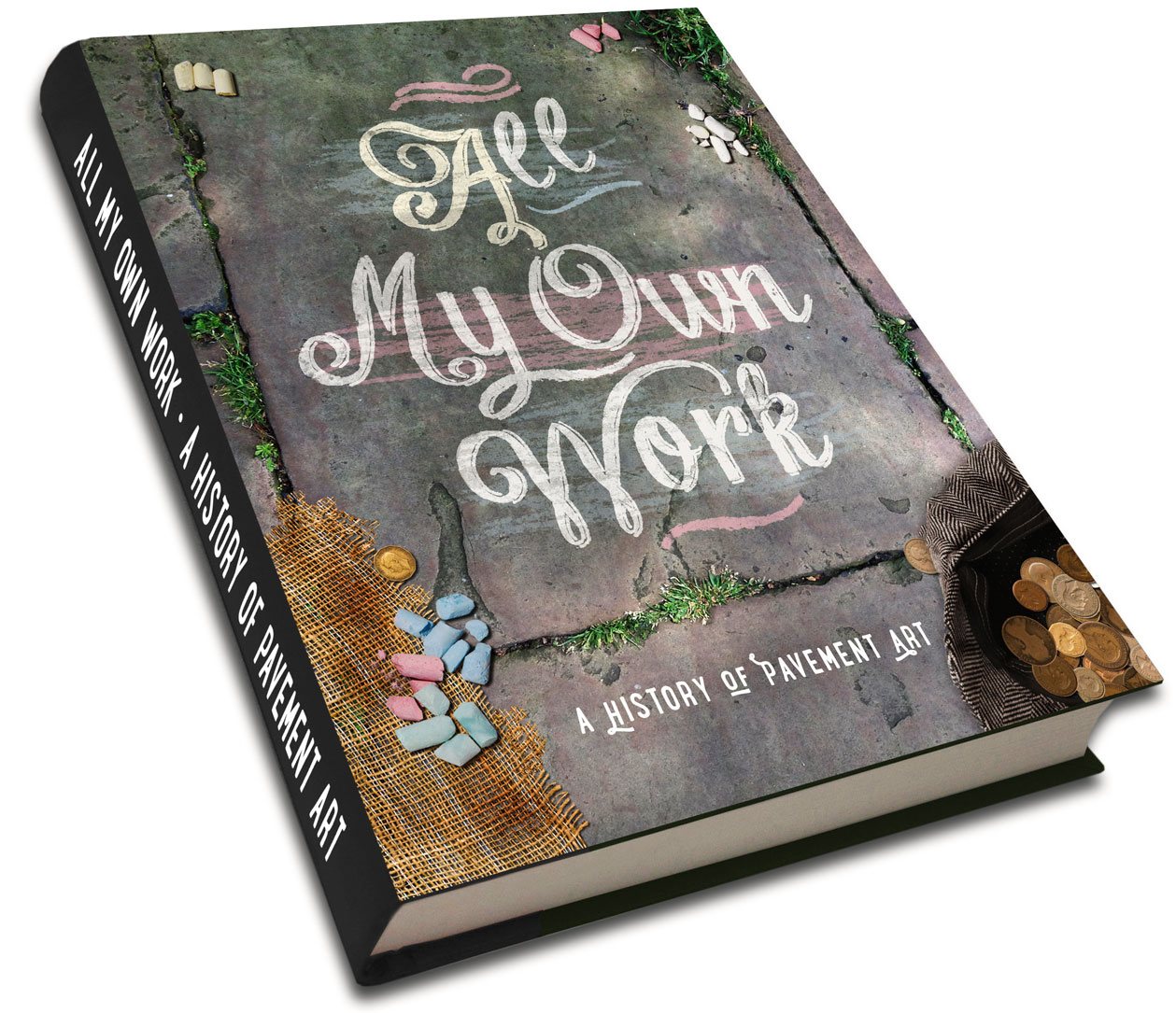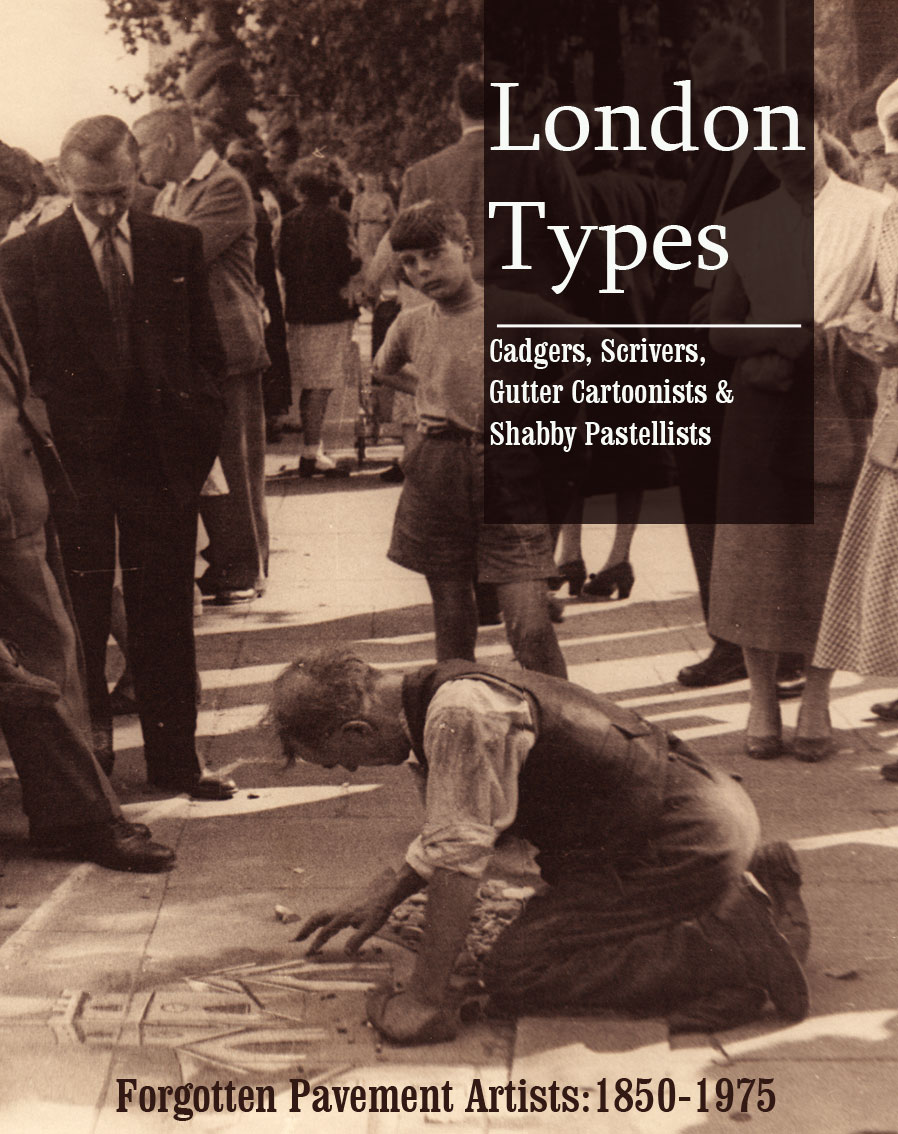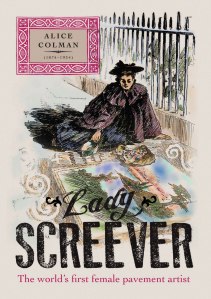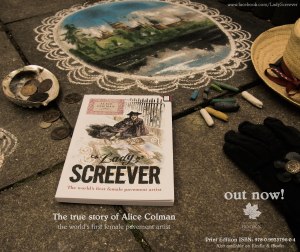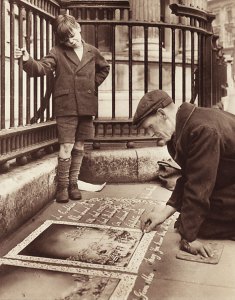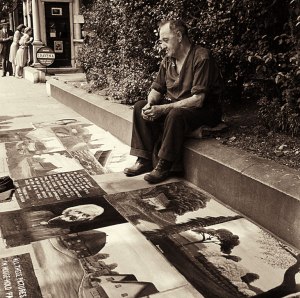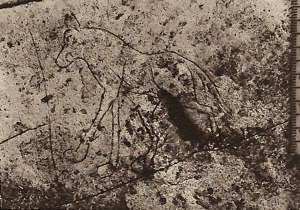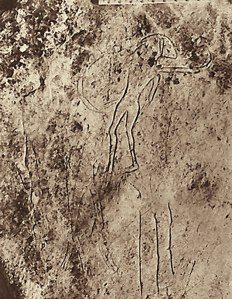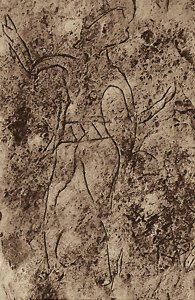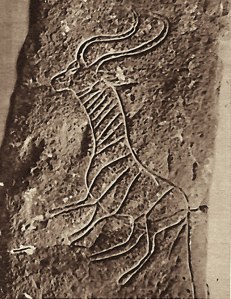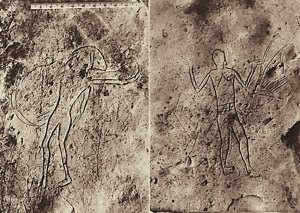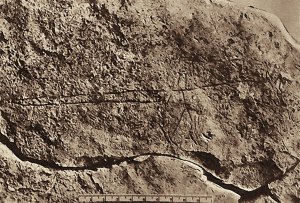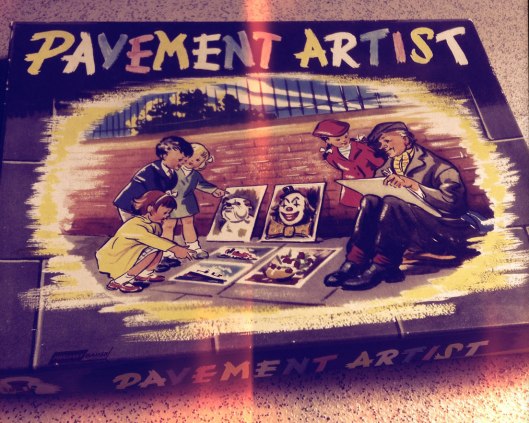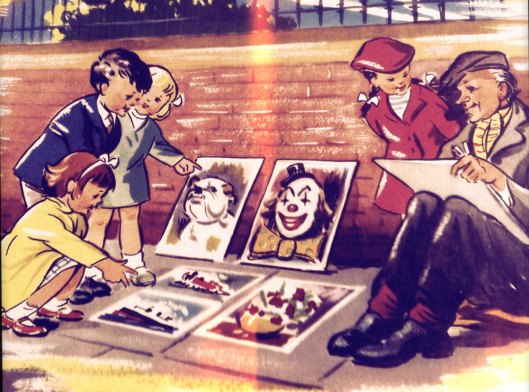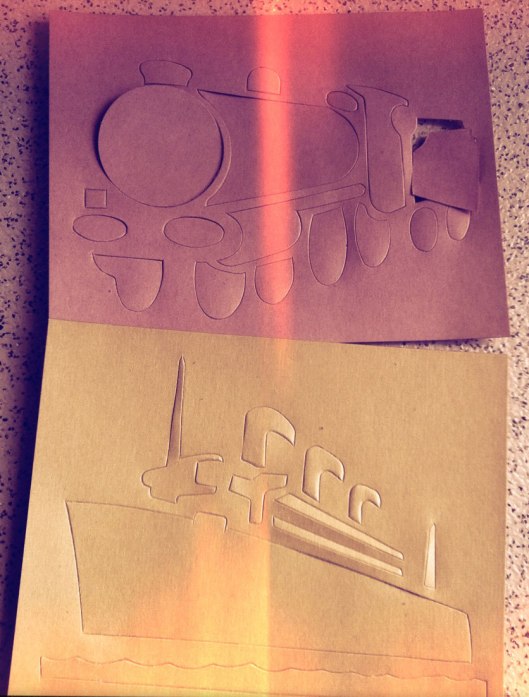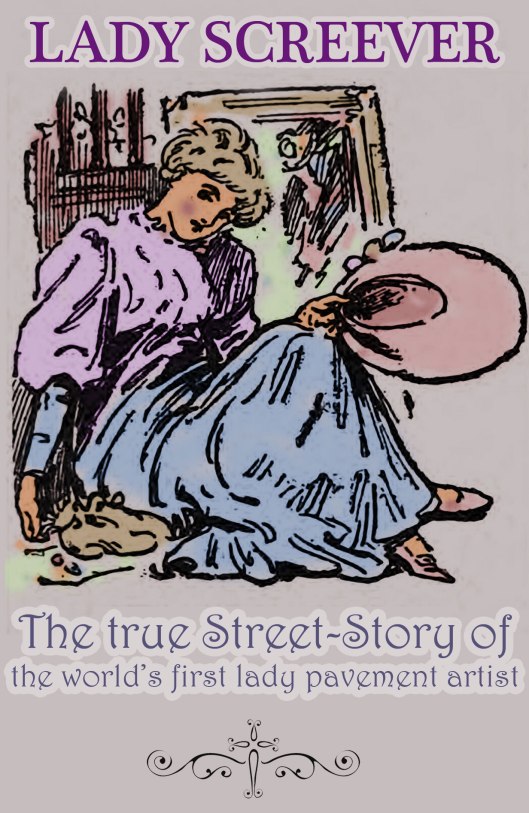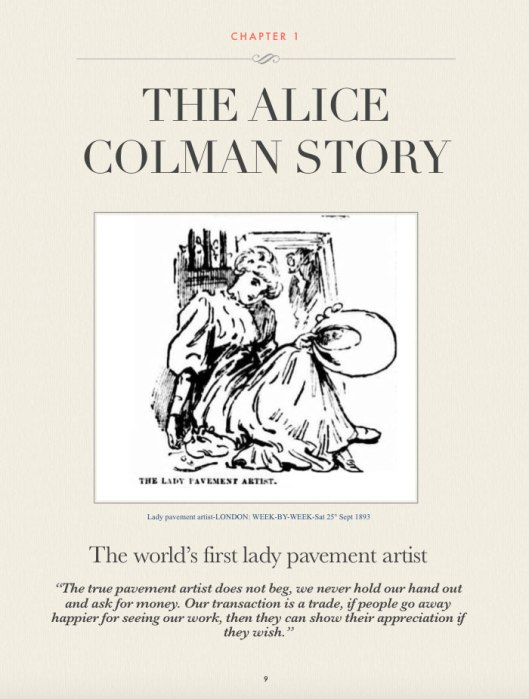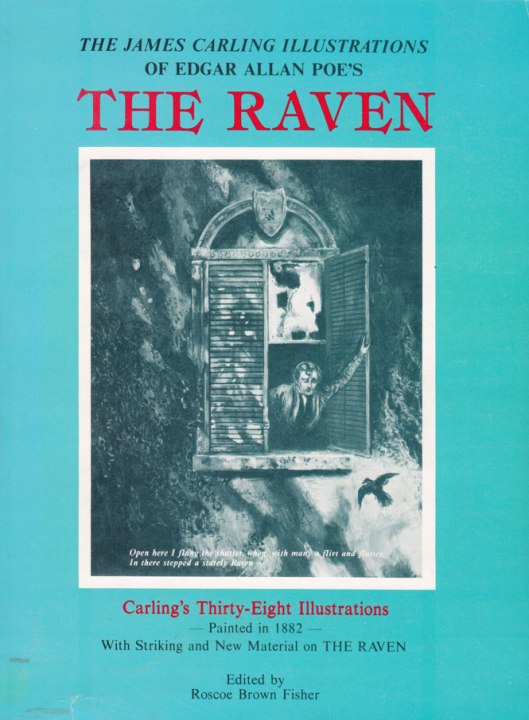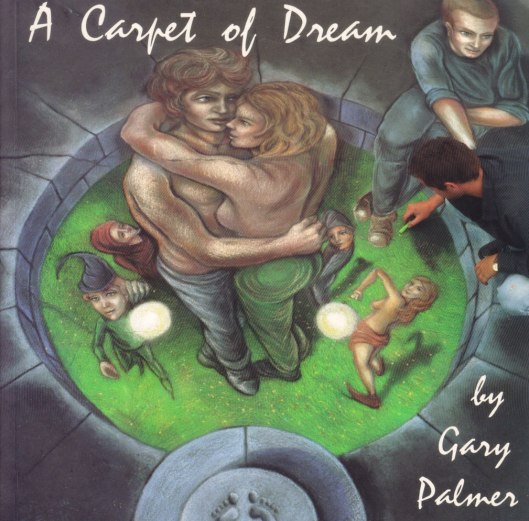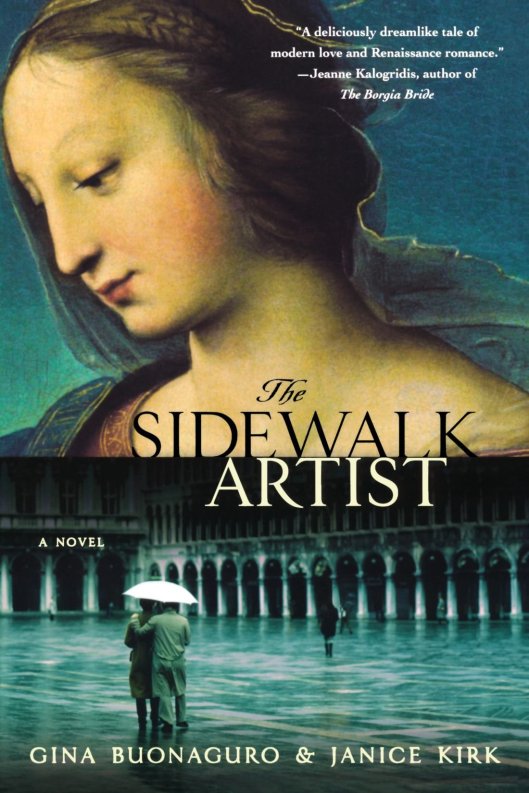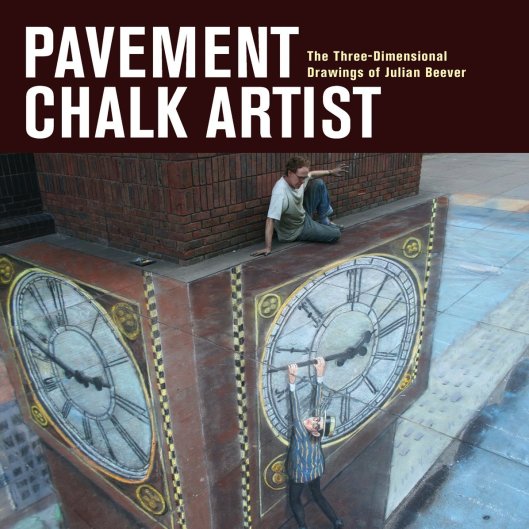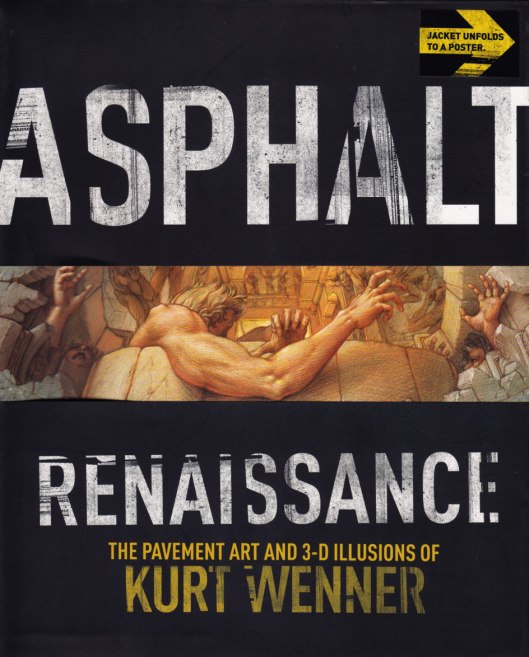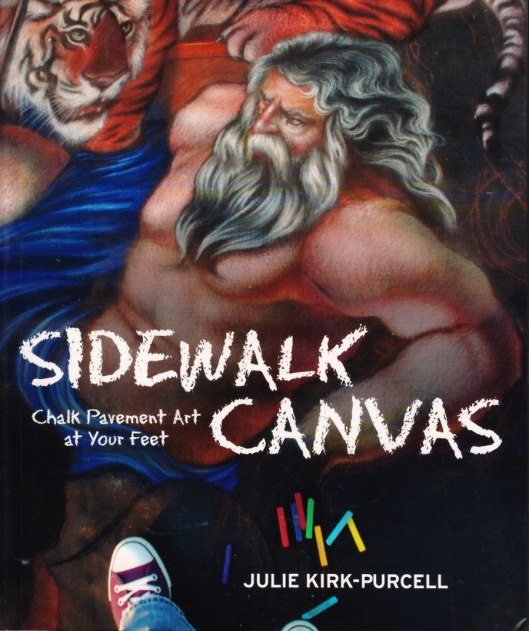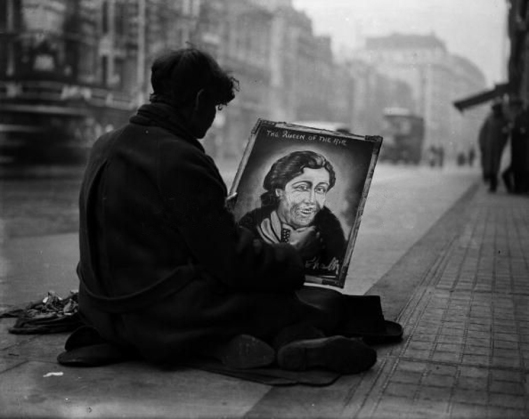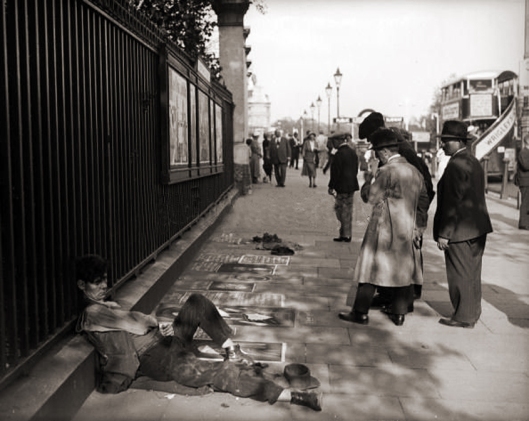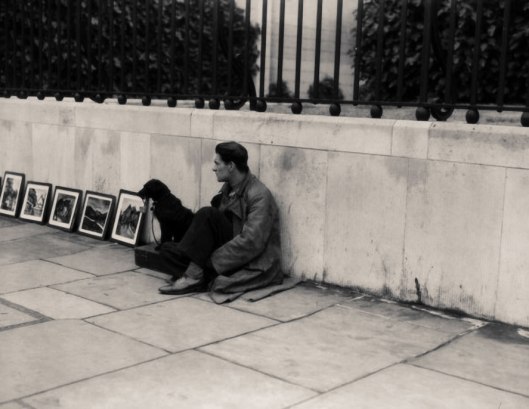No such thing as OLD SKOOL – NEW SKOOL.
Art moves along a continuum where time is fleeting and styles & fashions change; today’s modern movement in time, will become history. Over the last 50 years, the changes in pavement art have been seismic.
A world-wide arts movement that has given birth to a myriad of festivals and events dedicated solely to street chalking art. Places like Mexico, USA, Italy, Australia, Netherlands, France & Germany all hold annual street-painting festivals. Disney’s Mary Poppins was released in 1964, and a whole generation of children had Bert the screever (Dick Van Dyke) as a role model. The seeds of today’s pavement art were sown in the mid 1960’s with Flower-Power, music happenings, the Summer of Love and protests against the Vietnam War.
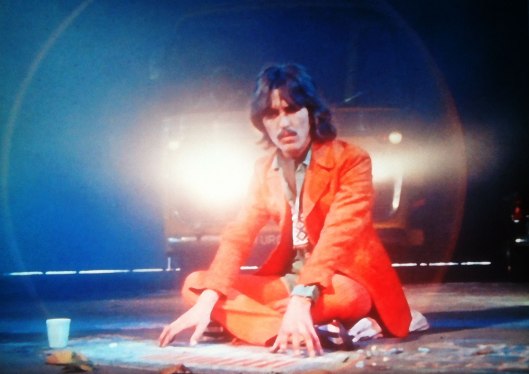
Magical Mystery Tour: film still, George Harrison playing chalk organ 1967
The Beatles featured a chalk piano in their MAGICAL MYSTERY TOUR film of 1967. The idea of chalk pavement art as a career choice became a hip & happening concept.
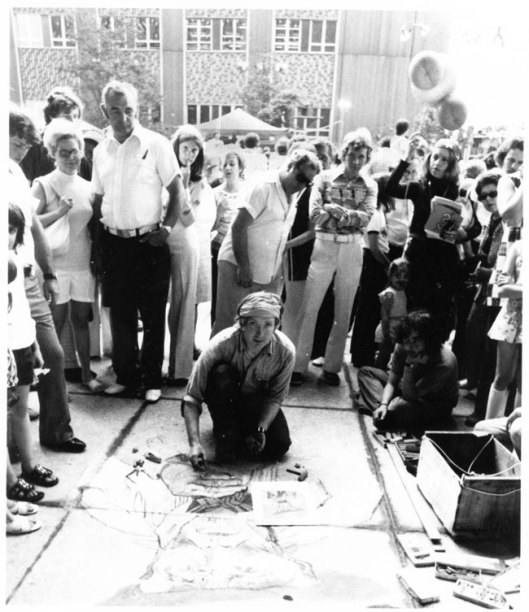
Sidewalk Sam, Boston USA 1976
In 1970’s America, pioneering artists like SIDEWALK SAM, and university CHALK-IN events across the country, helped popularise the art-form. A country that had little or no tradition of art busking, invented their own festival culture, based on the idea of the Italian Madonnari, who in some re-imagined way, was romantically linked to Michelangelo and artists of the Renaissance.

BLUE SKY-Original Press Photo: University of Chicago CHALK-IN May 1971
In Italy, the birth of the 24 hour religious pavement art competitions in places like Grazie di Curtatone and Nocera Superiore, popularised the art of the Catholic faith. In the 80’s and 90’s, festivals where popping-up right across Europe, attracting a new breed of student artists and trained professionals, the days of the itinerant, untrained screever where numbered. Pavement art quickly became populated with career minded individuals exploring new & uncharted waters.

3D art of Julian Beever
The 1990’s saw an explosion in computer technology, and the birth of the internet gave rise to 3D pavement artists like Kurt Wenner and Julian Beever, who have done a great deal to popularise street-painting with the spread of their often surreal images across the interweb. Anamorphic 3D art is not a new idea, but is perfectly suited to the internet age, capturing the imagination of the public.
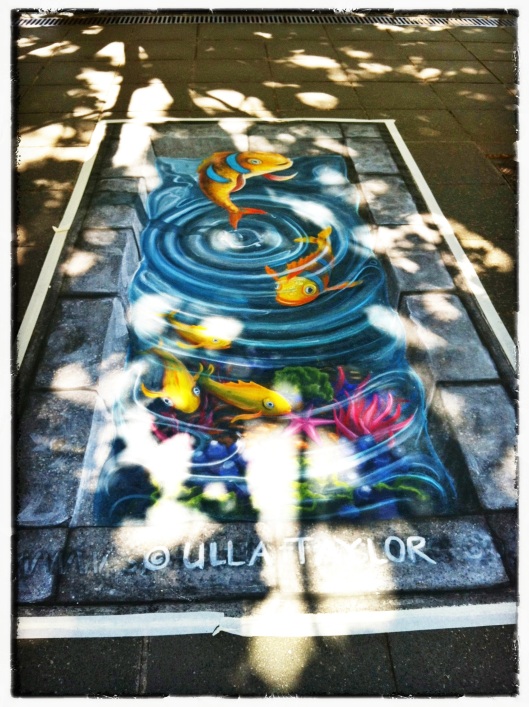
Pavement Art of Ulla Taylor, from Australia’s CHALK-CIRCLE 2012
Pioneering Australian artists CHALK-CIRCLE (Peter Voice, Bev Isaac, Peter Gibson, Ulla Taylor and Jenny McCracken) created a new buzz down-under, inspiring a generation of serious street-painters, surprising and delighting crowds with topical, contemporary pieces.
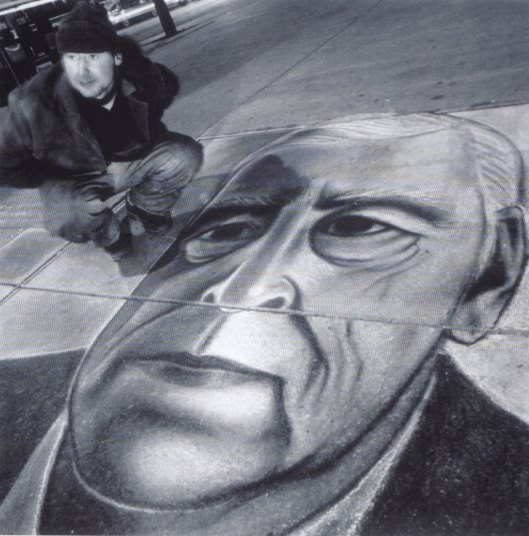
Gary Palmer and his portrait of William O’Donnell USA 1992
While Irish born Gary Palmer, was busking his way around the world, producing original and fresh imagery to a new audience. In 1996, he published A CARPET OF DREAM, the first book to be published on pavement art in over 50 years.
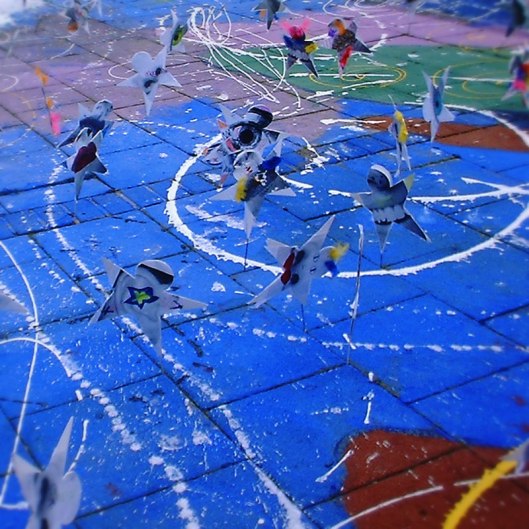
Abstract pavement art from UrbanCanvas; St Helens UK 2003
In the UK, British street artists UrbanCanvas started experimenting with abstract and interactive pavement art, inviting members of the public and passers-by to take part and participate in creating art in a public place. In 1997, they became the first artists to work in Arab world, at the Dubai Shopping Festival, and their works have inspired festivals and events across the world.
Today, street art festivals such as Bella Via in Mexico, TOULON FESTIVAL in France and the Sarasota Chalk Festival in the USA (to name but a few) continue to inspire new and fresh artistic talent. Like every other art-form, pavement art is fluid and continually changing & developing; who knows what the next 50 years will bring!
Written & researched by Philip Battle
Visit my Artists of The Paving Stone page on Facebook!

